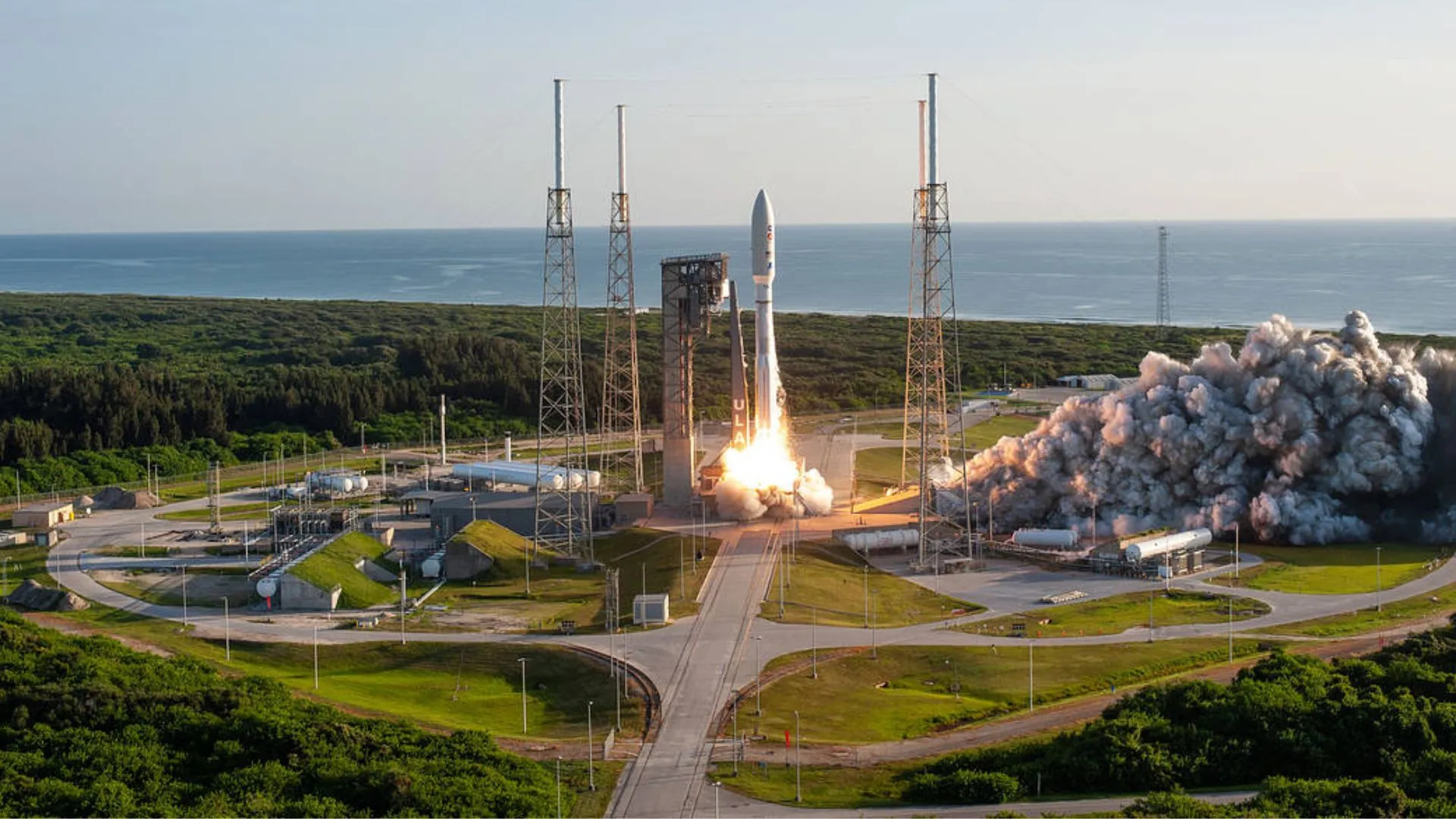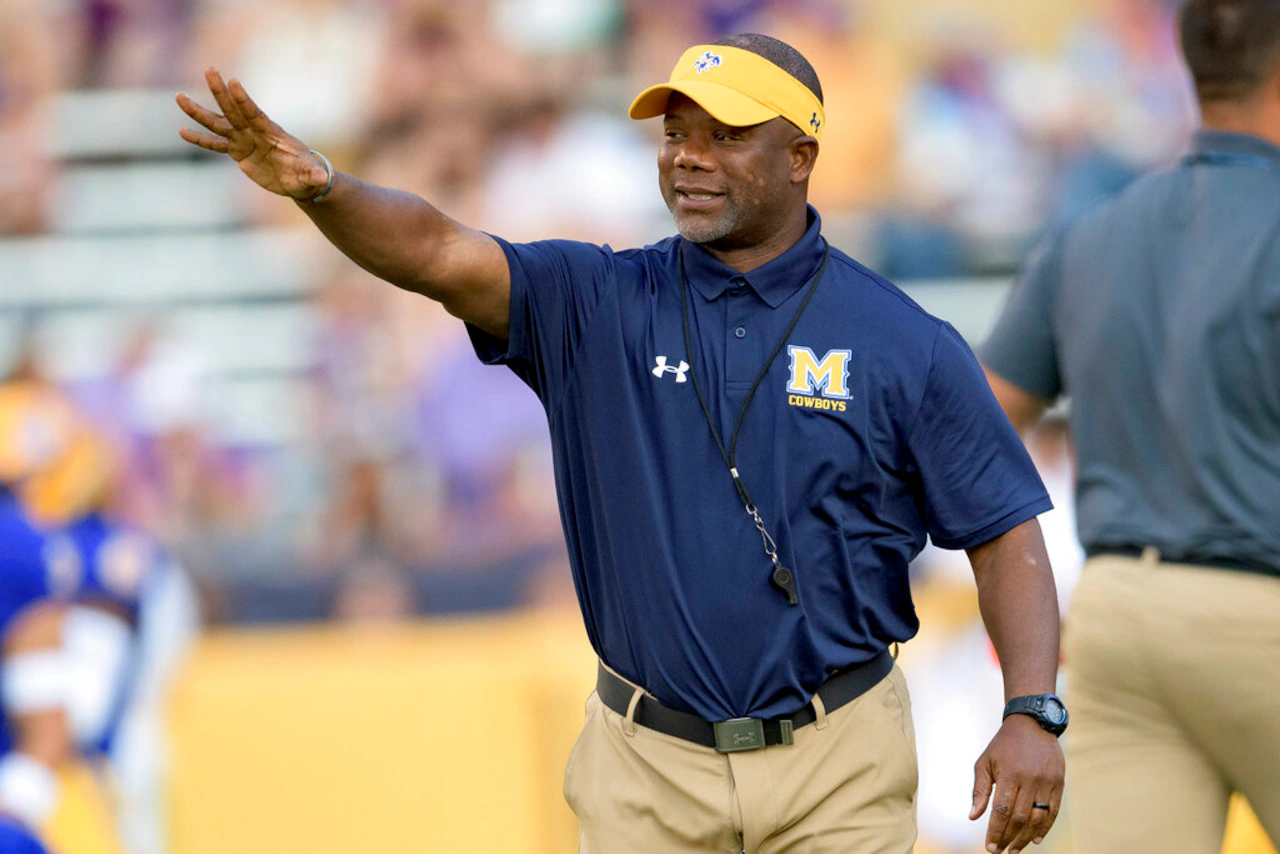Copyright Interesting Engineering

Beginning next week, all daytime rocket launches in the United States will be grounded as the record-breaking federal government shutdown drags into its second month. The Federal Aviation Administration (FAA) has issued an emergency order restricting access to navigable airspace in an effort to reduce strain on the nation’s air traffic system, already under pressure from severe staffing shortages. Starting at 6:00 am EST (1100 GMT) on November 10, commercial space launches will only be permitted between 10:00 pm EST (0300 GMT) and 6:00 am EST (1100 GMT). The FAA said the restrictions are meant to “help keep airspace restrictions in Florida and California to a minimum” while delays increase nationwide. The new order primarily affects Florida’s Kennedy Space Center and Cape Canaveral Space Force Station, along with California’s Vandenberg Space Force Station. The curfew effectively scrubs all daytime launch windows for commercial providers. The timing is significant. The U.S. launch schedule is at its busiest pace ever, with multiple providers launching weekly. SpaceX, which leads the pack, has already flown more than 140 Starlink missions this year. The company will now need to adjust its launch cadence to fit within the new nighttime-only window. Other providers, including United Launch Alliance (ULA) and Blue Origin, will also face disruptions. ULA’s Atlas V mission carrying the ViaSat-3 F2 satellite has already suffered two scrubs this week due to rocket issues, and the FAA’s order could delay another attempt. One mission racing the deadline is NASA’s ESCAPADE Mars mission, built by Rocket Lab and scheduled to launch on Blue Origin’s New Glenn rocket at 2:45 pm EST (1945 GMT) on November 9. If the mission is scrubbed, it won’t have another chance until the restrictions are lifted. Shutdown squeezes federal workforce The FAA order comes as tens of thousands of federal workers remain furloughed or unpaid. During the shutdown, all non-essential government employees are sent home, while essential workers are required to continue working without pay until Congress passes a funding bill. For NASA, the impact has been severe. Nearly 15,000 of its employees—about 95% of the agency’s workforce—are currently furloughed. Only a small group continues mission-critical work. The Transportation Security Administration (TSA), by contrast, has kept 95% of its employees on duty without pay since the shutdown began on October 1. Department of Transportation Secretary and Acting NASA Administrator Sean Duffy defended the FAA’s move to restrict launches. In a post on X, he wrote, “It’s about assessing the data and alleviating building risk in the system as controllers continue working without pay. It’s safe to fly today, tomorrow, and the day after because of the proactive actions we are taking.” Wider impact on air travel The FAA’s decision aims to prioritize limited resources toward managing growing air traffic delays across the country. With many air traffic controllers still working unpaid, safety and scheduling risks are mounting. While the true nationwide impact of the launch curfew remains uncertain, the move highlights how the shutdown is beginning to ripple through industries far beyond Washington. With launch providers now forced to compete for nighttime windows and federal agencies operating with skeleton crews, America’s spaceflight momentum faces one of its toughest tests yet.



